DC Comics Announces Harlan Ellison’s 7 Against Chaos
 A few months ago, I wrote about Samurai 7, a terrific sword-and-science retelling of Akira Kurosawa’s The Seven Samurai (with killer robots).
A few months ago, I wrote about Samurai 7, a terrific sword-and-science retelling of Akira Kurosawa’s The Seven Samurai (with killer robots).
It seems this classic tale still has some play in it, if DC Comics’ upcoming Harlan Ellison’s 7 Against Chaos is any indication. Ellison has partnered with artist Paul Chadwick — creator of Concrete, which Blastr calls “One of the most important independent comic series of all time” — to create an epic SF adventure with a familiar theme:
In a distant future, Earth is in grave danger: The fabric of reality itself in unraveling, leading to catastrophic natural disasters, displaced souls appearing from bygone eras, and sudden, shocking cases of spontaneous combustion. The only hope for Earth’s survival is a force of seven warriors, each with his or her special abilities. But can these alien Seven Samurai learn to get along in time to find the source of the gathering chaos and save all of reality?
Ellison, who announced he was dying two years ago (only to change his mind and say he was “feeling somewhat better“), has openly acknowledged his inspiration, saying:
This is 21 years of work finally come to fruition. It is The Magnificent Seven, The Seven Samurai in space, it is the dream fulfilled.
Harlan Ellison’s 7 Against Chaos will be released under DC’s regular brand (i.e. not as a part of the more adult Vertigo or Wildstorm lines) in Summer 2013. Get all the details at DC Comics.
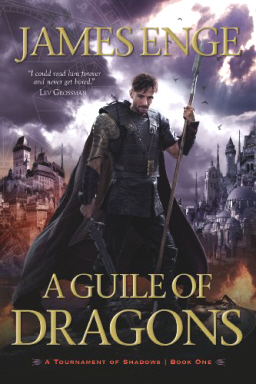
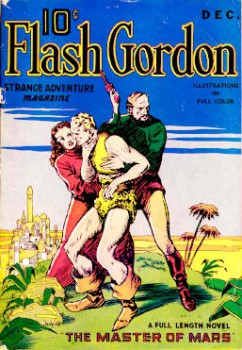
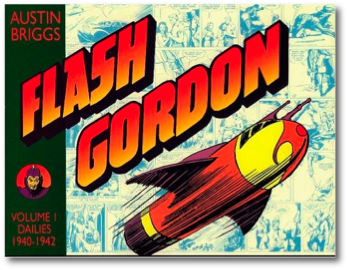

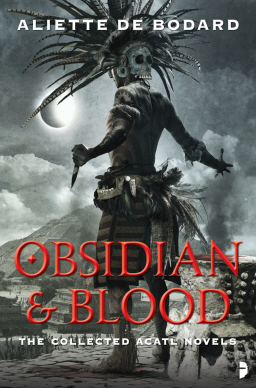
 When I learned my first child would be a boy, one of my first stops was the library, where I checked out a huge stack of books about boys: how they think, how they learn, how they’re socialized, with all the attendant parental and teacherly how-tos and cautionary tales. I was wary of
When I learned my first child would be a boy, one of my first stops was the library, where I checked out a huge stack of books about boys: how they think, how they learn, how they’re socialized, with all the attendant parental and teacherly how-tos and cautionary tales. I was wary of 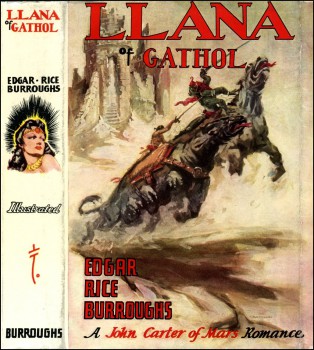 Back on Mars, and closing in on its finale, after my short sabbatical… What can I say? It seems Synthetic Men of Mars will suck out the desire to keep trudging forward from even the most dedicated ERB enthusiast.
Back on Mars, and closing in on its finale, after my short sabbatical… What can I say? It seems Synthetic Men of Mars will suck out the desire to keep trudging forward from even the most dedicated ERB enthusiast.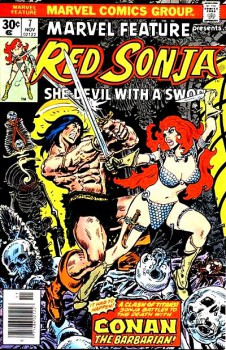
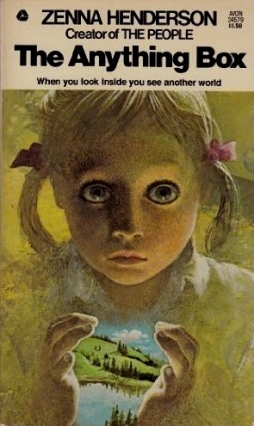 As so often happens, I was at a book fair the other week when, again as so often happens, I stumbled on a book by a writer I’d heard of at some point and about whose work I was vaguely curious. In this case, the writer was Zenna Henderson and the book was a collection of sf and fantasy short stories called The Anything Box. Which, upon reading, I found to be quite intriguing.
As so often happens, I was at a book fair the other week when, again as so often happens, I stumbled on a book by a writer I’d heard of at some point and about whose work I was vaguely curious. In this case, the writer was Zenna Henderson and the book was a collection of sf and fantasy short stories called The Anything Box. Which, upon reading, I found to be quite intriguing.